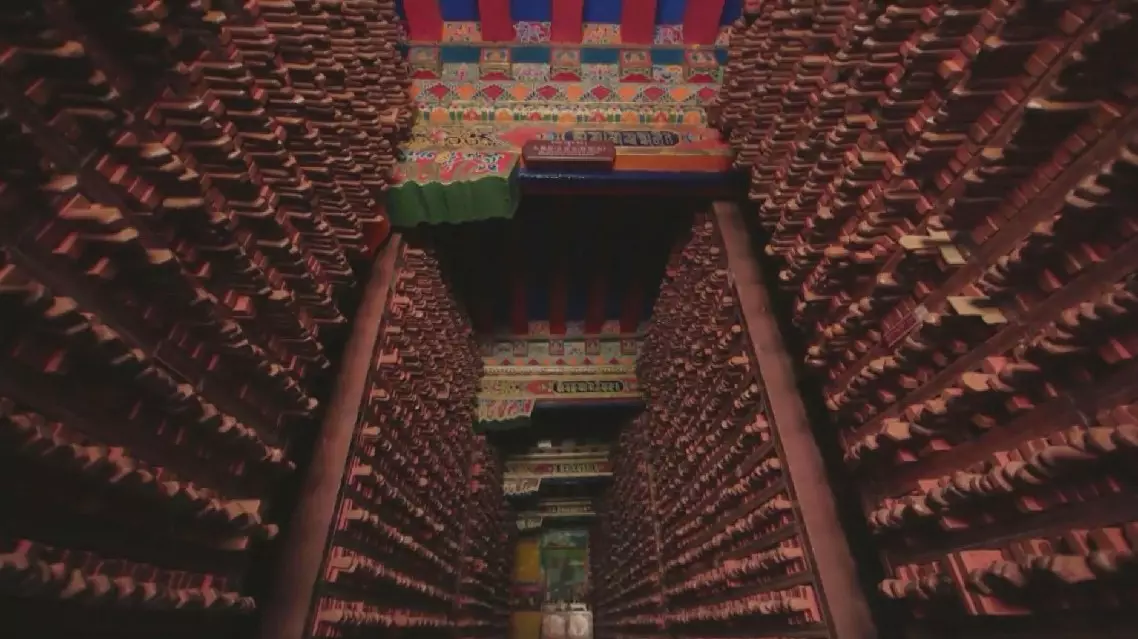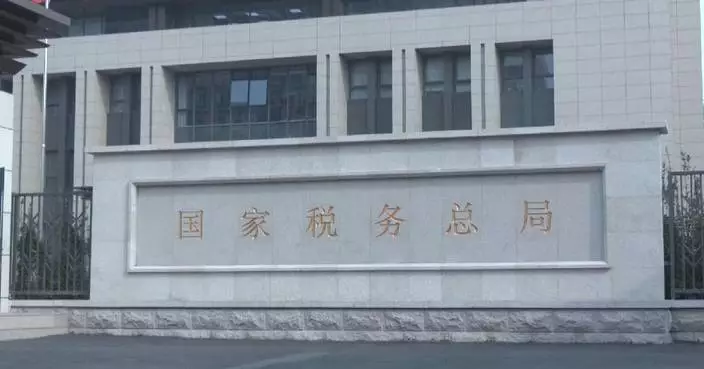The Dege Sutra-Printing House, China's largest Tibetan sutra-printing house, has been included in UNESCO's Asia-Pacific Regional Register of Memory of the World for its significance in Tibetan culture.
The sutra-printing house, located in Dege County of the Garze Tibetan Autonomous Prefecture in southwest China's Sichuan Province, started construction in 1729 and has undergone several expansions to its current size.
The printing house now preserves over 270,000 printing blocks inscribed with religious, historical, literature and art, medical, astronomical and calender-arithmetical book editions in Tibetan and Sanskrit.
These wooden blocks, made of dense, hard birch, served as important tools for making scriptures. For nearly 300 years, generations of craftsmen at the three-story building have used their exquisite skills to carve scriptures on wooden blocks, and then compiled them into books, making the printing ink and paper themselves.
The engraving of the printing plates for the Kangyur, a key piece of the Chinese Buddhist canon, took 100 calligraphers three years and 500 craftsmen five years to complete.
It is precisely because of these fine printing plates that many important Tibetan cultural contents have been passed down, according to a local expert.
"These Tibetan classics play a very important role in the study of ancient Tibetan culture. Our government will continue to increase investment and provide important support and promotion for our reproduction project, which is crucial for the protection and inheritance of the important documents of the Dege Sutra-Printing House," said Yeshe Wonbo, a local Tibetan studies expert.
The printing house has also carried out cultural and educational activities to attract more young people to involve themselves in traditional cultural heritage, and launched various foreign exchanges and cooperation programs to promote Tibetan culture to the world, according to the local expert.

China's ancient Tibetan sutra-printing house included in UNESCO list









